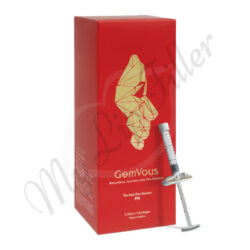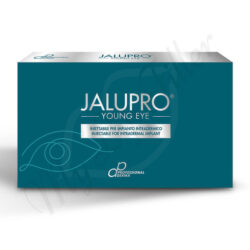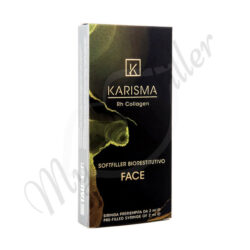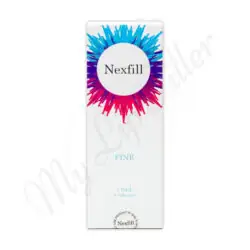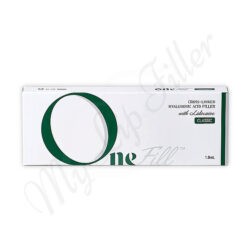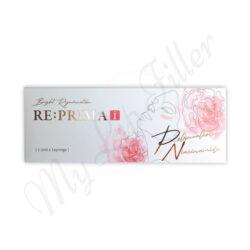The skin is the largest organ of the human body. It is, by its function, most affected negatively by external influences like pollution, sun exposure etc. However, it is just as likely to react adversely to bad lifestyle or health issues, just as any other part of the body would. Combined with the natural processes that degrade its overall condition, as a person ages, it’s no wonder that the usage of a filler for fine lines is such a popular procedure. Our skin is very sensitive and it easily shows.
Stopping the process of wrinkle and skin line formation, or at least – hiding the signs of it, can be a tricky task. Achieving naturally looking results can be quite difficult and choosing the correct face filler is an important step of the process. Dermal filler for fine lines, as a type of product, is very specific – usually a solution based on Hyaluronic acid, it must have certain properties, in order to provide the best possible results:
- It must be soft – superficial wrinkles and fine lines form in the upper dermis and are very small forms of skin depression. Treating such volume loss with dense face fillers is bound to form bumps. Also, the soft gel is often used in delicate areas – for example, tear-through filler for fine lines. Thick gel in such an area will not work.
- Be with the proper viscoelasticity – our face moves a lot. In fact, this is one of the main causes of wrinkle formation. Degraded skin health predisposes fine line formation, but it’s the actual movement of the face that wrinkles the skin and makes the surface dermis layer uneven. Thus, the Hyaluronic gel must have the correct viscoelasticity to maintain shape, as the face moves.
- Stay long enough once applied – fine line fillers are less resilient to the body enzymes and dissolve faster than lip or contouring preparation fillers. However, this is not mesotherapy, so the volumizing effect should be as lasting as possible, so long it doesn’t come at the cost of the other filler properties.
Rejuvenation of the skin with HA
This last point makes even more sense when considering how Hyaluronic fillers work. When the gel it applied to the dermis it will remain there for a while. In the case of surface wrinkle fillers, this is (ideally) up to six months. Initially, the new filler for fine lines will just volumize the area where it is applied. However, enzymes will quickly start to dissolve the HA gel. As they do, Hyaluronic acid molecules are released into the skin and improve its overall condition. How?
Hyaluronic acid is natural to the human body and plays an important role in the process of hydration of the skin. The HA molecules are capable of capturing hundreds of times their own volume of water molecules. Aging, sun exposure, and other factors can cause the levels of HA in the skin to decrease significantly, and dry skin forms many more wrinkles. Fillers for fine lines and wrinkles help with this issue, as their quicker rate of dissolving means large amounts of Hyaluronic acid are released into the skin and boost its capability to hydrate.
The above means that soft HA gel can be effectively applied in various parts of the face, where surface wrinkles are most likely to form, and not only immediately restore the lost skin volume, but, more importantly, improve long-term skin health. Forehead lines, Crow’s feet, fine lines under the eyes and even using filler for fine lip lines, that form at the corners of the mouth – Hyaluronic gel for surface wrinkle and line treatment is one of the most versatile products for anti-age therapy on the market.
Our extensive selection of face filler products for the correction of fine lines and superficial wrinkles can offer high-quality products for any budget, need, and preference, regardless of the severity of the skin issue.
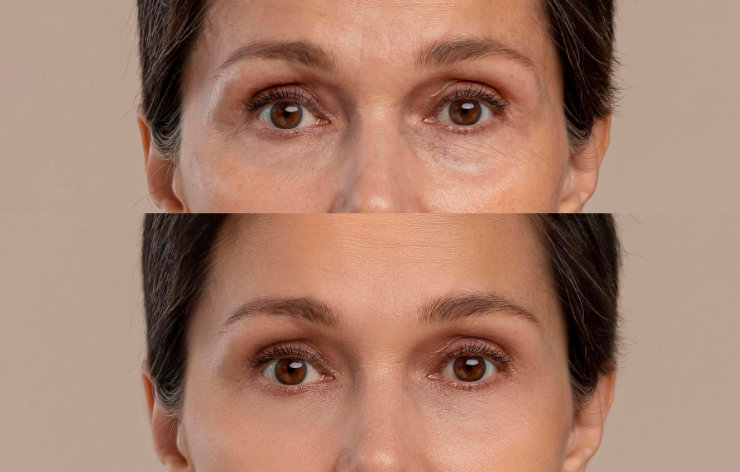
Cosmetologist’s Advice on Fine Line Dermal Fillers
Addressing fine lines requires a delicate and precise approach, as these are often the first signs of aging and can be subtly pronounced. As a cosmetologist, my main piece of advice for those considering dermal fillers for fine lines is to prioritize subtlety and naturalness. The objective of fine line treatment is to gently smooth the skin, not to create an overfilled or unnatural appearance. For this reason, selecting the right type of dermal filler is paramount. Fillers with a softer, more fluid consistency, especially wrinkle focused ones based on hyaluronic acid, are typically best suited for fine lines due to their ability to integrate seamlessly with the skin, providing a natural-looking softness and hydration.
Moreover, it’s crucial to choose a practitioner who specializes in facial aesthetics and understands the nuances of treating fine lines. They must have a keen eye for detail and the ability to apply filler where it is needed to subtly erase wrinkles without disrupting the natural expression or movement of your face. Discuss your concerns and desired outcomes openly with your cosmetologist, and don’t hesitate to ask about their experience with similar treatments.
Finally, remember that the maintenance of results is just as important as the initial treatment. Following your cosmetologist’s aftercare instructions, protecting your skin from the sun, and maintaining a healthy lifestyle can help prolong the effects of the fillers. Fine line fillers can offer rejuvenation and a more youthful appearance when applied thoughtfully, emphasizing the beauty of aging gracefully.
Showing 1–12 of 57 results
-

A-Jax Keen Cozy (1 x 1.1ml)
$41.00 Add to cart -

Aquanex HA Skinbooster (1 x 2.5ml)
$29.00 Add to cart -

Ejal 40 (1 x 2ml)
$59.00 Add to cart -
Sale!

Elasty F Double Filler (2 x 1ml)
Original price was: $79.00.$75.05Current price is: $75.05. Add to cart -

GemVous PN Skin Booster (3 x 2.5ml)
$125.00 Add to cart -

Jalupro Young Eye (1 x 1ml)
$100.00 Add to cart -

Karisma RH Collagen Filler (1 x 2ml)
$141.00 Add to cart -

Linerase Hydro (5 x 5ml)
$112.00 Add to cart -

Nexfill Fine (1 x 1ml)
$44.00 Add to cart -

OneFill Classic (1 x 1ml)
$45.00 Add to cart -

Prima Heal (1 x 2ml)
$80.00 Add to cart -

RE:Prima i (Polynucleotide / Niacinamide – 1 x 1.1ml)
$50.00 Add to cart





